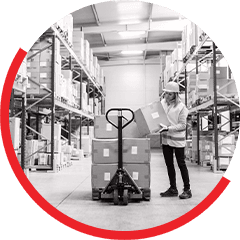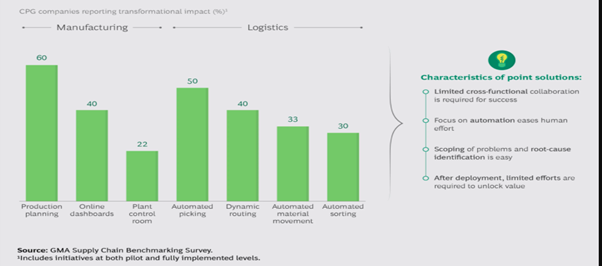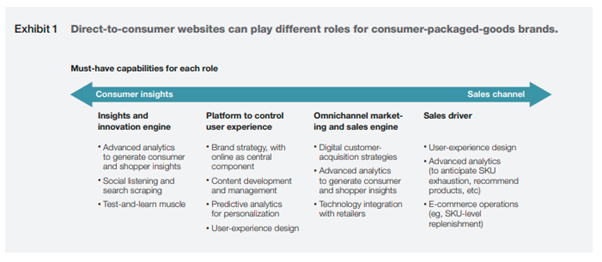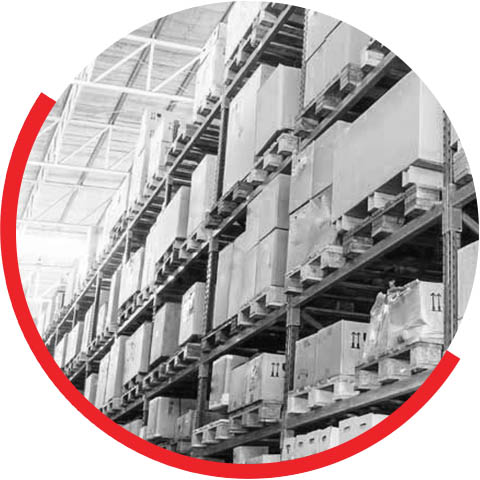Each day brings new challenges for distributors, whether it’s pressure from growing competition, fading customer satisfaction, discontented vendors, extending supply chains, or other factors. One thing you can do to boost margins is gain control of your supply chain and our Modern distribution’s Advance supply chain module is designed to work seamlessly to optimize your overall supply chain performance and boost margins.
Advance supply chain module integrated with Microsoft Dynamics 365 platform gives you a comprehensive solution to manage & address these supply chain challenges mentioned below:
- Increased operational complexity – running on low operating profit margins
- Shrinking margins and can your turn inventory over quickly
- Shifting economics & knowing who your most profitable customers are
- Questioning if your operational team is able to handle your growing business
Our Advance Supply Chain module offers the following four programs to optimize your supply chain performance and increase profit margins:
- Advanced order management - Get a complete picture of stock availability, backorder management, lost sales tracking, duplicate order checking, and more
- Advanced inventory management - Provides full visibility into your inventory and includes features like obsolete inventory management, consignment inventory, customer reserved/allocated inventory, vendor performance management, and more
- Advanced procurement management - Gives you instant access to all your procurement documents and vendor agreements. That means you have an edge when it’s time to negotiate
- Advanced Revenue Management - Gain financial clarity, stay competitive, get the power to optimize pricing, and boost the bottom line
WHAT’S IN IT FOR YOU?
Quick Insights: Sophisticated business intelligence tools and a complete view of your inventory, orders, financials, and management alerts helps your team keep up with the needs of a global supply chain by making better, more informed decisions faster than ever before.
Supply Chain Optimization: Improve supply chain efficiency and deliver orders faster with automated workflows and streamlined, comprehensive business processes. You’ll improve margins and customer satisfaction with smarter inventory planning decisions and more efficient shipping schedules.
Outcome: Respond to the market, update prices, offer effective promotions and handle commissions, rebates and trade agreements, and Special Price Agreements with confidence and ease while improving your cash flow and building stronger customer and supplier relationships.
Sonata offers its Ready-To-Deploy Modern Distribution platform that provides digital engagement with channel partners and consumers while ensuring the back end supply chain & unique pricing needs are taken care by supporting the dynamism in moving goods through multiple channels with its advanced supply chain capabilities.
To know more about how Advanced Supply Chain module can help your distribution to control margins please reply with your available time for a quick call with our experts.














